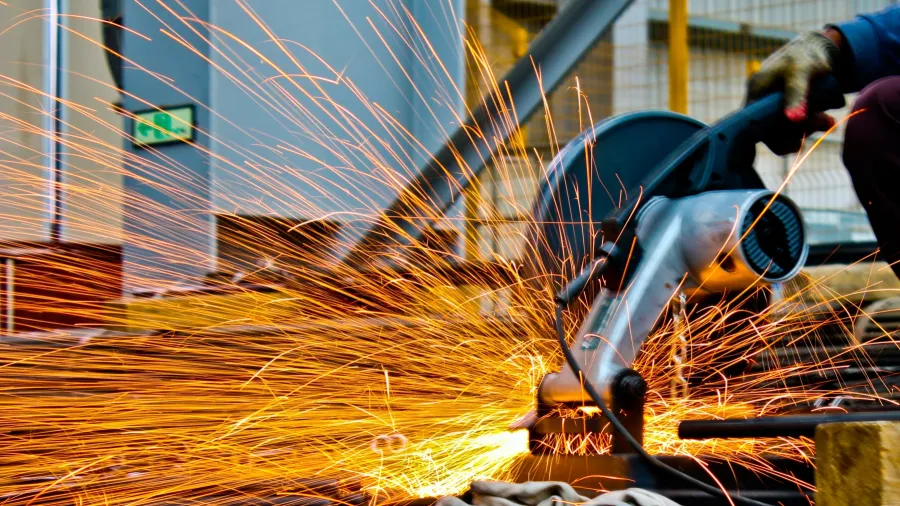
MENA region is poised to become global leader in green steel
This comes amidst the shift to direct reduced iron and green hydrogen in reducing emissions.
The Middle East and North Africa could emerge as a global leader in production of green steel as the world shifts to direct reduced iron (DRI) and green hydrogen in reducing carbon emissions.
The Institute for Energy Economics and Financial Analysis (IEEFA), the region’s steel sector is dominated by DRI-electric arc furnace technology that releases lower emissions, in comparison to the blast furnace and basic oxygen furnace process used in over 70% of global production.
“The MENA region can lead the world if it shifts promptly to renewables and applies green hydrogen in its steel sector,” IEEFA report author Soroush Basirat said.
Read more: IRENA, RCREEE renews partnership to scale up RE deployment in MENA
Basirat said in 2021, the region produced 3% of global crude steel but accounted for about 46% of the DRI production.
“MENA’s knowledge of this specific steel technology is an invaluable asset. This production knowledge, abetted by further work on iron ore beneficiation, pelletising, and DR plants, is among the most important steel decarbonisation pillars, and will greatly assist MENA’s transition,” Basirat said.
“Compared to other regions, MENA’s existing DRI-EAF capacity means no extra investment is needed for replacing the base technology. All new investment could be focused on expanding the production of green hydrogen among other renewables.
According to the International Energy Agency, the global share of hydrogen-based DRI-EAF production reaching 29% of primary steelmaking by 2050.
BloombergNEF estimates that 56% (840 million tonnes) of primary steel production will come from H2DRI-EAF by 2050 in a net zero emissions scenario.



















 Advertise
Advertise






